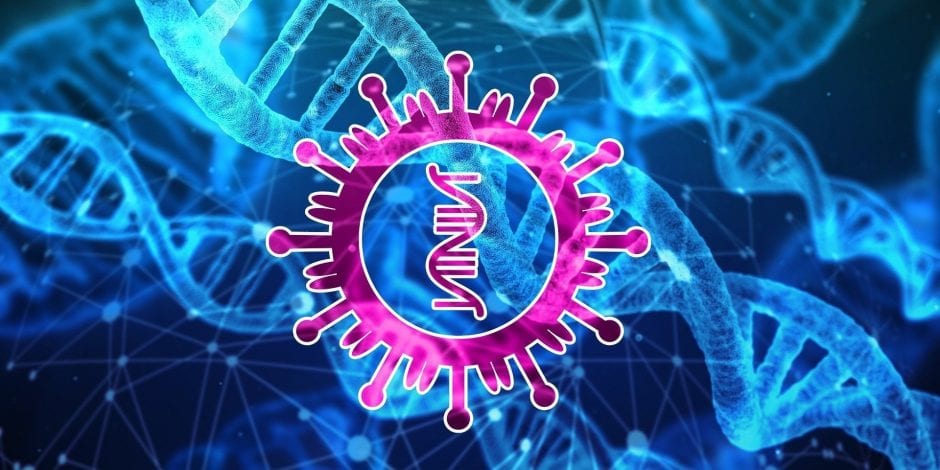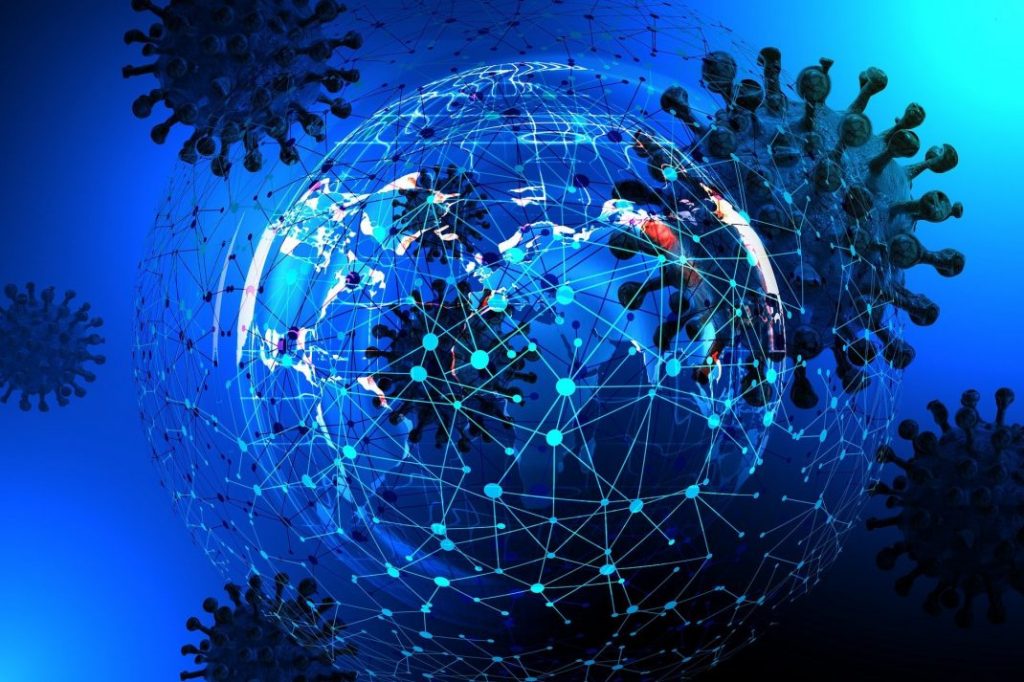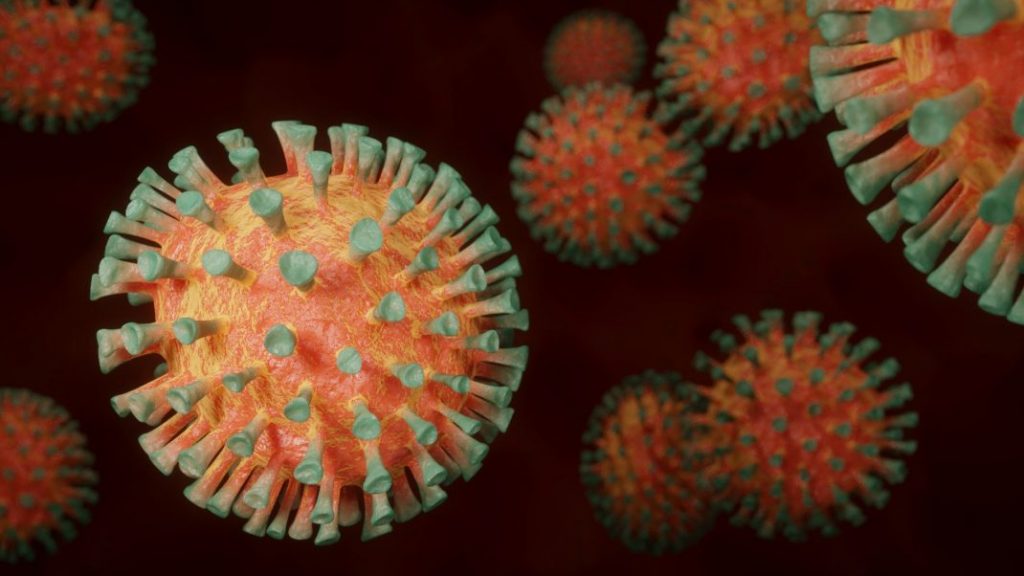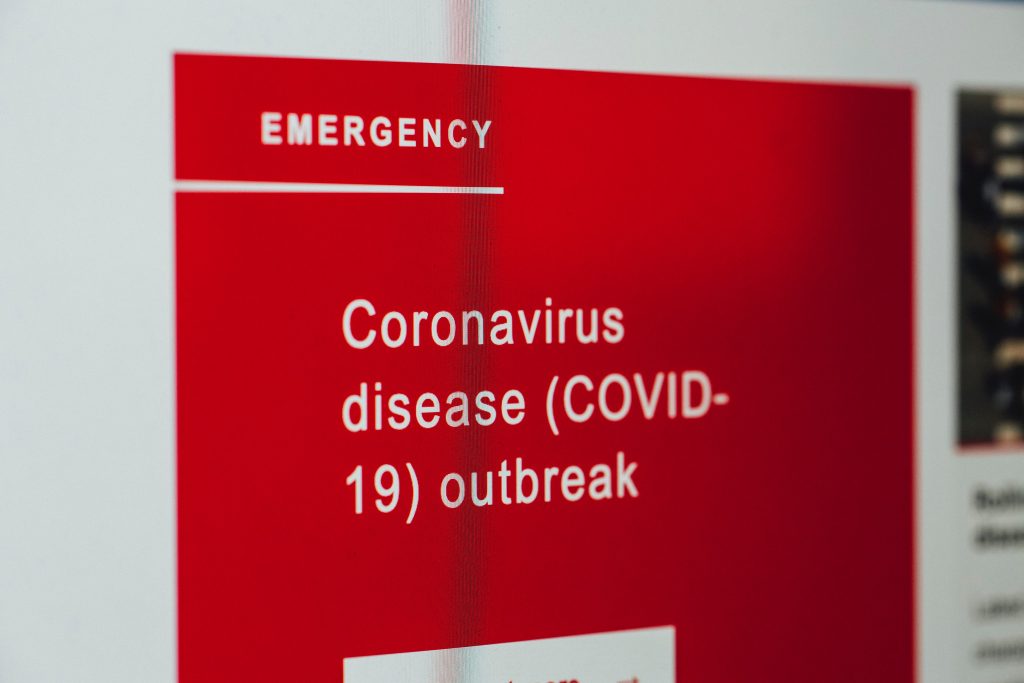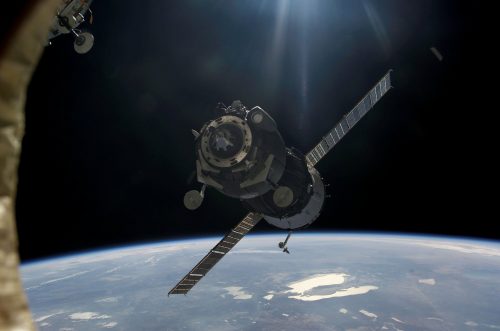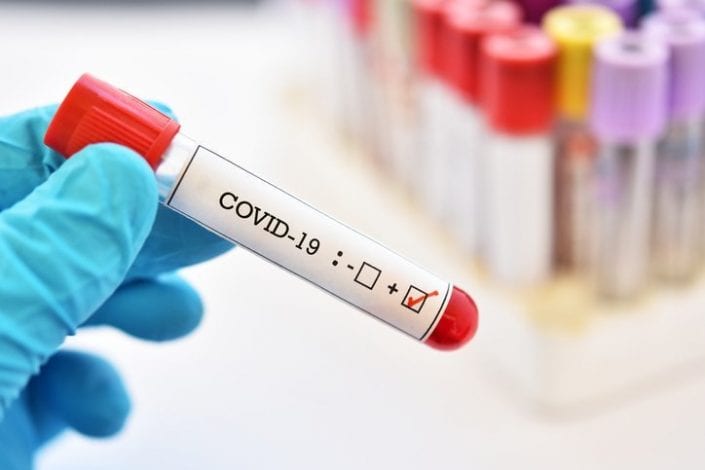“Coronavirus; A Result Of Wildlife Invasion”
Coronavirus Nowadays waking up with a little throat pain in the morning strikes panic over you; have I been infected with coronavirus? You may even review a list of friends and families who sneezed occasionally in your presence or coughed slightly. Since many people have been affected and even died, it is only natural to panic about this epidemic viral infection. Why is it the worse epidemic? This epidemic started out to be recognized in early Dec 2019. Although most of heard about after the new years of 2020 when the situation started to go out of hand. Since we are mentally prepared to panic for a viral breakout every few years, this one seems to have its odds a little stronger. Coronavirus is similar to normal flu-like symptoms with incubation of two weeks with no symptoms; which makes it a perfect medium for its silent transition. The other factor that helps the odd of spreading the virus is its start-up location. China one of the most populated countries in the world holding a population of 1.38 billion people. That is, almost 20 percent of everyone on this planet is in close contact with the virus. Last, but not the least, is china’s trade with every single country; there many entrepreneurs that are on the daily flights in and out of China. In the same way, many Chinese have been moving out of china for means of business before and after the epidemic spread. All of these factors put together gives a perfect chance to the virus to introduce itself to healthy bodies across the world. If following the root cause of the virus, we reach to the good markets of Wuhan. Chinese has a reputation for its known- animal right friendly food markets. There is uncontrolled meat distribution among Chinese shoppers. Needless to say, the species varieties found in these large markets. Although this unwelcome guest imposing as a new disease is not so unfamiliar. There was a bat found in one of the Caves of Yunnan province. Many of the reserves who studies on this bat noticed for potential risks and deadly outcomes from these particular bats. Today we are here on the verge of a decade started out with coronavirus that was warned about years ago. However, the rising number of the victims, isolated suspects and panic of its viral spread is upsetting, yet not too unexpected. The bat’s species and pangolins A few scientists conducted extensive research through 5 consecutive years and the fecal matter of these bats. The results showed that four variables of bat speed were carriers of coronavirus. One of the bat species is known as the horseshoe bat. While suggested supporting documents about the carrier bats, there are other suspects in this trial. Researchers wondered how the bats have transferred their disease to humans; seeking a missing link between the two led them. While bat-borne virus lacked features to infect human beings, there must have been a translator of this virus to the human body; an endangered species of pangolin has been pointed as the most possible transmitter. However, there may be other links involved. The reason is the presence of many capable transmitters of the disease. Prevention of future deaths While there are many species that are considered transmitters of coronavirus, they all have one thing in common; they are not farm grown animals. Rather all of these possible transmitters live in the wildlife. Having a specific guess or generalized category of where coronavirus has come from and endangered the human species is; the wild animal food markets. These markets in china are considered illegal by the Chinese government. However, the large spaces proved to the illegal food markets show little interest in the government to ban such trades. Some of these markets have to face practical prohibition, although only after the outbreak had taken place. The scientist is enlisting the name of the possible animals that have been possible the reason for this transmission. Many researchers are trying to find the medications which are combinations of viral vaccines and HIV immune medications. Conclusion Coronavirus’s root cause has been pointed out. However, there is not medication this far. Trying to avoid physical contact is the best way of prevention. This virus is not air bourn and required transmission through touch and surfaces.
